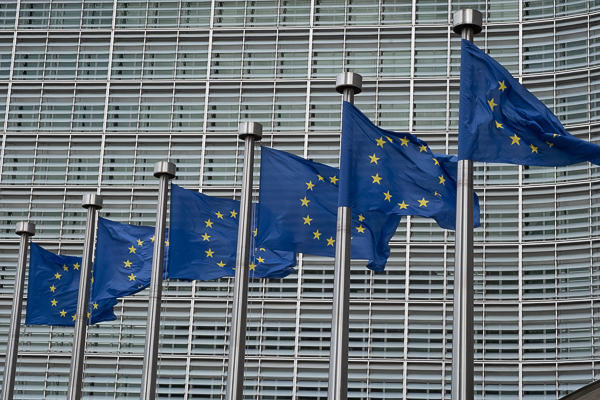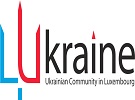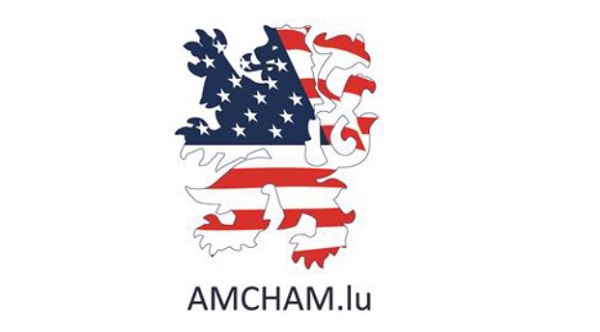 Credit: Ali Sahib, Chronicle.lu
Credit: Ali Sahib, Chronicle.lu
On Wednesday 19 November 2025, the European Commission presented measures to facilitate large-scale military mobility across Europe and to accelerate the transformation of the EU defence industry.
According to the Commission, the proposals aim to enable the rapid and coordinated movement of troops, equipment and military assets throughout Europe, while also boosting disruptive innovation in the military domain and strengthening the resilience of the European defence industrial base.
The EU Defence Industry Transformation Roadmap seeks to accelerate the modernisation of Europe’s defence sector and support emerging actors. It aims to bring together deep-tech and defence communities, speed up the adoption of cutting-edge technologies in military capabilities and stimulate Europe’s production capacity through innovation. The roadmap focuses on four priorities: supporting investment in defence-sector companies; accelerating the development of new technologies; expanding access to defence capabilities; and strengthening the skills required to maintain Europe’s technological edge.
The Commission noted that Russia’s war of aggression against Ukraine has highlighted the rapid evolution of defence technologies, including AI, quantum systems, drones and space technologies. New defence actors — from start-ups to innovative SMEs — are reshaping how Europe develops and produces military capabilities. The Commission stressed the need to draw lessons from Ukraine’s experience, strengthen resilience and build a modern defence ecosystem that unites industrial leaders, innovators and the technology community.
To facilitate large-scale and high-speed military movement, the military mobility package aims to create an EU-wide military mobility space by 2027, making the movement of troops and equipment faster, safer and more coordinated. According to the Commission, the package includes:
- Removing regulatory barriers: establishing the first EU-wide harmonised rules for military mobility and clear procedures for cross-border movements, with a maximum processing time of three days and streamlined customs formalities.
- Creating an emergency framework: introducing a European Military Mobility Enhanced Response System (EMERS) for accelerated procedures and priority access to infrastructure for forces operating under the EU or NATO.
- Strengthening transport infrastructure resilience: upgrading key European military mobility corridors to dual-use standards and protecting strategic infrastructure through a new resilience toolbox.
The Commission will submit the proposed regulation on military mobility to the Council and the European Parliament for adoption under the ordinary legislative procedure. It added that work on the roadmap’s proposed actions will begin immediately to accelerate the transformation of the EU’s defence industrial ecosystem.








